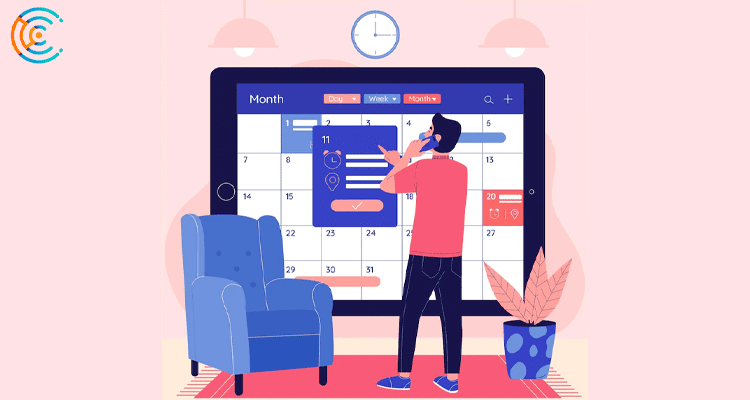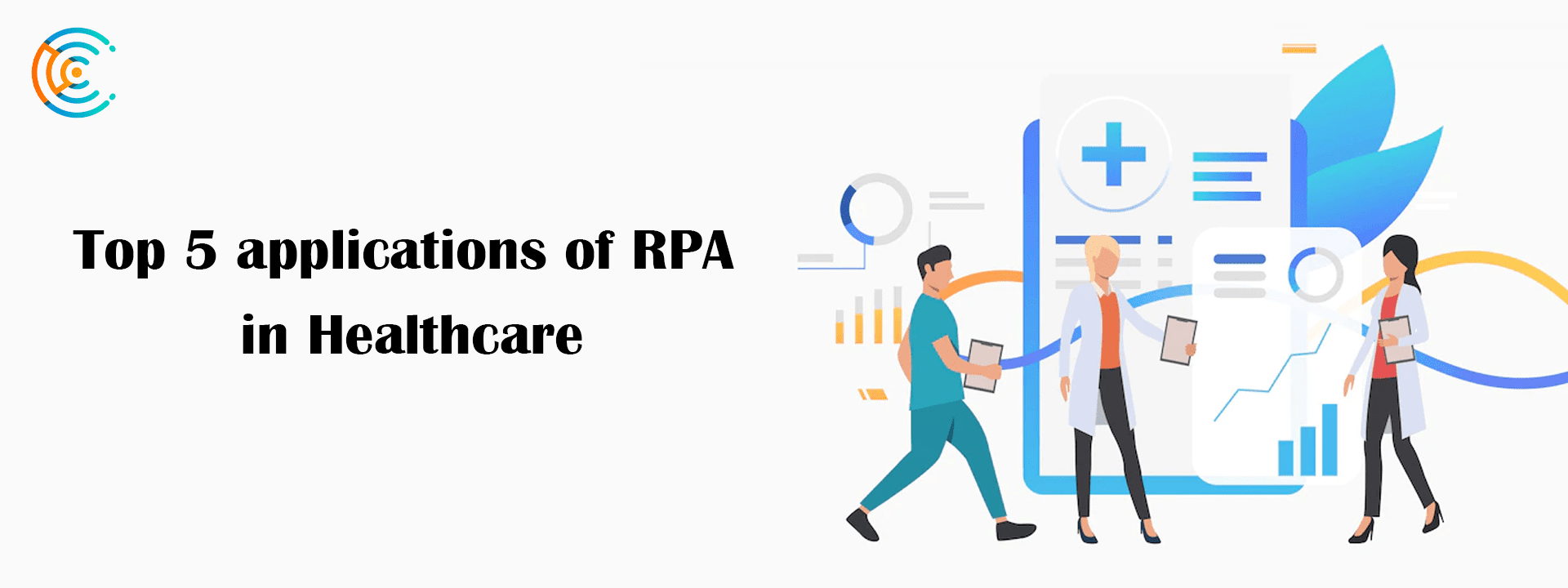RPA (robotic process automation) in Healthcare, Clinical documentation and data transfer are two use-cases for robotic process automation in the healthcare industry. This new technology, on the other hand, is making waves in the industry and allowing shareholders to fine-tune the quality of health care.
Automating Robotic Processes

It’s a method of using software robots or artificial intelligence to automate and complete jobs in the same way that humans do. This type of robot can read, respond, and communicate with other systems. It’s utilised for doing things over and over again. It also takes into account the human cost and effort involved in executing repetitive tasks.
In reality, software robots can perform nearly all of the duties that humans do. Because they can be connected with other networks to move things, folders, and copy-paste information, scan browsers, fill in forms, log in to programmes, and retrieve data, they can be used to move files, folders, and copy-paste data, among other things.
Top Healthcare RPA (robotic process automation) Use Cases
In the healthcare industry, digital transformation is critical. A thorough RPA approach ensures cost savings, improved patient data management, and better healthcare results. But how can healthcare providers accomplish this?
Following is a collection of RPA (robotic process automation) use cases that can help with healthcare automation and enable better care delivery with RPA implementation:
#1: Scheduling Appointments

Patient appointment scheduling is one of the main advantages of RPA in healthcare. The hospital staff is not needed. Building bots for patient appointments with integrated UiPath tools is easier.
When a patient makes an appointment, these bots respond to a trigger. They can set up an appointment for the patient after verifying the calendar and timing. They can also send reminders, and cancel or change appointments based on the availability of the doctor. It will eliminate scheduling errors, allowing employees to focus on more value-added activities rather than scheduling.
#2 Payroll Administration

Bills, invoices, and other financial transactions are a common occurrence at hospitals. Calculating all expenses, producing invoices, and receiving payments take a long time for the personnel.
By streamlining this activity, business process automation technology aids workers. The bot can use the system to generate an invoice and provide payment instructions to the patient or attendant. It may easily receive payments by sending a notification to the patient’s phone number or email address. Bots have been developed specifically for this purpose.
#3 Processing of Claims
The hospital staff’s time is consumed with insurance claims. They must gather the information, enter it, analyse it, and finally transmit the finished file. RPA (robotic process automation) can help with healthcare claims processing by collecting data from reports and feeding it into the system.
While adding the data, the bot removes human errors. Claims processing is simplified because the insurance company receives reliable data much faster than manual processing. It also allows the patient to benefit from the cashless claim while also saving the facility time.
#4 Integration of EHR/EMR
Every patient’s medical information is stored in an electronic health record, often known as an electronic medical record. It contains all of the pertinent information, such as past medical history, treatment plans, and so on. Integration with electronic health records is a critical RPA function.
RPA (robotic process automation) software assists in the input of all patient data into the EHR, giving a centralised platform for all patients access to data. Any authorised personnel can examine it at any moment. It gives doctors and clinicians real-time access to data so they can make better judgments. RPA technology streamlines the process of collecting all patient data in one location.
#5 After-Treatment Care
Patients frequently underestimate the recuperation process. They do not emphasise correct medication and checkups after departure. This is when IT healthcare solutions with RPA strategies come in handy.
The relevant discharge instructions are sent to the patients using an RPA bot. It also offers the post medication guidelines as soon as the system triggers a discharge from the hospital. When the system triggers a hospital release, it also provides post-medication instructions. In the long run, the bot will send the patient reminders for frequent checkups, prescriptions, and testing. The bots assist the patient in adhering to the prescribed treatment plan.
Conclusion
RPA tools are ideal for the healthcare business since they may help clinical departments and improve hospital operations. In an emergency, chatbots can swiftly organise an appointment, saving the patient even more time. For smaller duties like medicine delivery, hospitals are increasingly using robots.
If you have any queries, you can contact Code Craft Crew as a web development agency. We will try our best to help you out.

